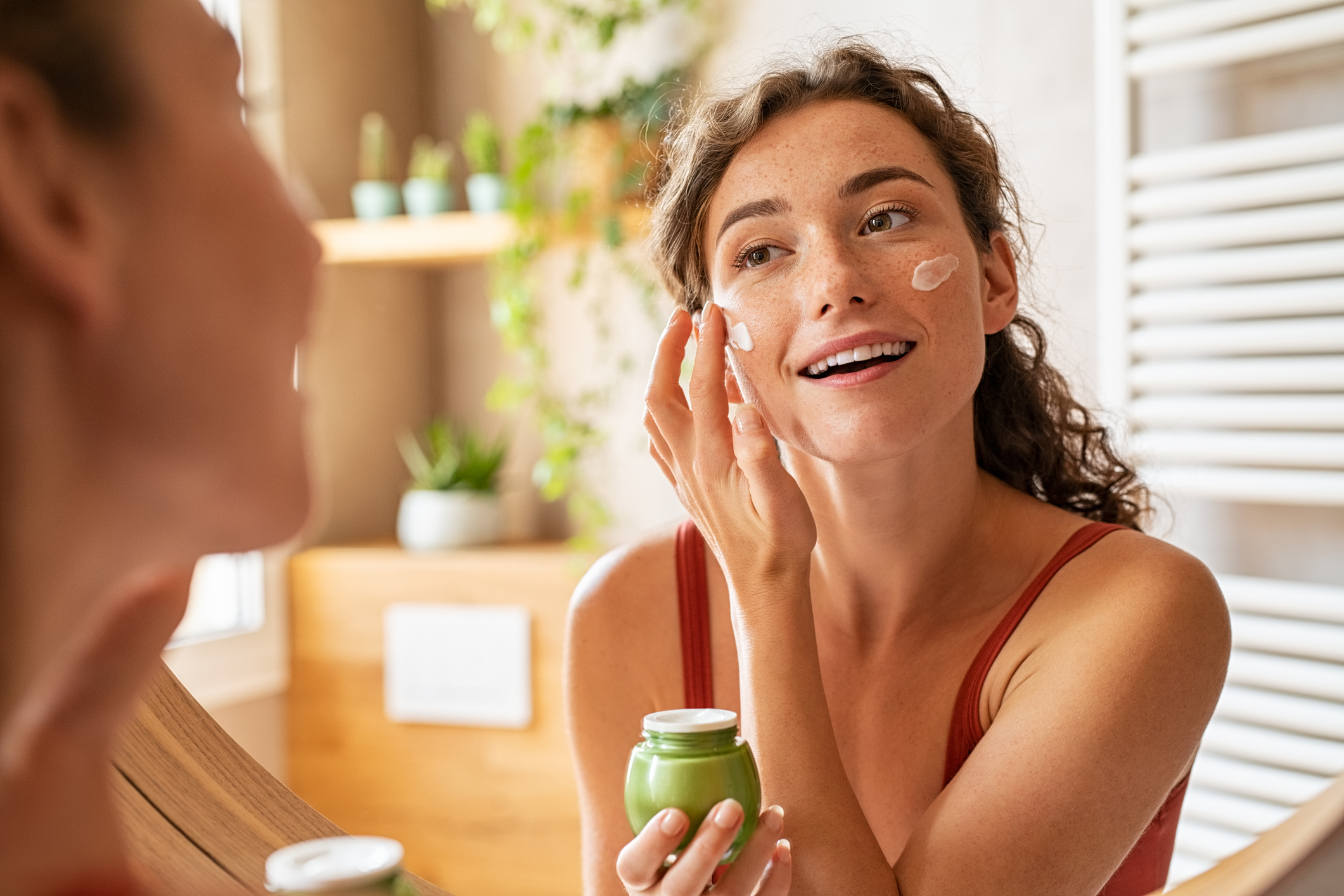How is dermatitis treated? Medications, topical ointments, creams, herbs and more
If an ointment helped my neighbour and he had dermatitis, it will help me too.
Different types of dermatitis are treated differently.
In the case of atopic dermatitis, we need to focus on symptoms such as itching and dry skin. If the patient has microbial dermatitis, antiseptic treatment is essential.
In the treatment of seborrhoeic dermatitis, antifungal treatment and specific skin care should be used.
In general, the therapy of dermatitis has similar basic therapeutic principles. The treatment must be:
- Comprehensive - Treatment involves a comprehensive view of the patient's condition, not only the manifestations of the disease, but also prevention.
- Differentiated - The physician selects treatment according to the type of dermatitis, stage, location, extent and age of the patient.
- Combined - Several medications are used simultaneously, acting on different factors.
- Individualized - Tailored to the specific patient. Skin type and tolerance must be considered.
Topical treatment
In most cases, topical treatment is the first choice. Medications for external use are selected by the doctor according to the course of the disease.
- Acute dermatitis
In the case of treatment of acute dermatitis, drugs are used in the form of:
- Vaporising compresses - Astringents, antiseptics are used as active substances.
- Sprays - Thermal waters are available on the market, long-term application is not recommended
- Solutions - Antiseptic solutions
- Fills - They act as a preventive measure as they absorb sweat and sebum, thus preventing friction and steaming
- Liquid powders - Dry the skin and relieve itching
Topical corticosteroids are used quite frequently nowadays. They have been used in practice since the 1950s. Their discovery caused a fundamental change in the treatment of inflammatory dermatoses.
Their positive properties include:
- shortening the treatment time
- they have a rapid onset of action
- easy to apply
- odourless
- do not stain clothing
The effect of corticosteroids lies in their anti-inflammatory, vasoconstrictive and immunosuppressive activity.
In the treatment of dermatitis, the following effects apply:
- anti-inflammatory
- antiexudative - restricts the passage of fluid into the extravascular spaces
- antiproliferative - prevents cell proliferation and the formation of new tissue
- immunosuppressive - suppresses the immune response
- antipruritic (subjective)
When selecting the type of corticosteroid, the physician is guided by the following criteria:
- Stage of disease - In chronic stages, oleocreams and ointments are applied, in acute stages, lotions, lotions, hydrocreams are used.
- Intensity of symptoms - According to the intensity of the symptoms of the disease, the doctor chooses the strength of the medication.
- Localization of symptoms - Based on the localization of the manifestations, the strength of corticosteroids and the application form are chosen.
- Age of the patient - Based on the age of the patient, the strength of the corticosteroid to be applied is decided.
- Contraindications - Allergies to corticosteroids, viral skin infections (herpes), parasitic infections (scabies), candidiasis, acne, etc.
The strength of corticosteroids has been mentioned several times.
The following table lists the groups of corticosteroids and their uses
| Group of corticosteroids according to their strength | Use in general | Use in dermatitis |
| Mild | Inflammatory skin diseases without hyperproliferation (a process that accelerates the sloughing off of keratinized skin cells) |
|
| Moderate |
|
|
| Strong |
|
|
| Very severe |
In hyperproliferative skin diseases:
|
|
- Subacute dermatitis
In addition to corticosteroids, pastes are applied. They are used to treat the subacute phase of the disease or to heal the manifestations of dermatitis. Pastes have a weak anti-inflammatory and astringent effect.
They protect the skin, slightly dry it and have a cooling effect.
There are 2 groups of pastes:
- Soft pastes - massage and cool the skin
- Hard pastes - dry the skin and have a covering effect
- Chronic dermatitis
In the case of chronic dermatitis, oily creams and ointments without water are applied to the manifestations of the disease. Tar has been used in medical practice for more than 100 years.
In general, they have antiphlogistic, antiproliferative, antipruritic and antimicrobial effects. Of the tars, ichthamol is used in particular in the treatment of chronic dermatitis.
Ichthamol has various effects:
- anti-inflammatory
- anti-itching
- antiseborrhoeic
- keratoplastic
- antimicrobial
- antifungal
Coal tar is used in the treatment of subacute and chronic dermatitis.
Its effects include:
- Anti-inflammatory
- antiseptic
- antimicrobial
- anaesthetic
- keratoplastic
- antiseboric
EMOLIENCIA
Emoliencia are products that soften, smooth and soothe the skin. They also help to restore the skin barrier, adjust the skin's pH, hydrate and regenerate the skin.
They are used for patients who suffer from dry skin. Their effect is short-lived and therefore the patient must apply them more frequently.
The following table gives examples of emollients
| Name | Properties |
| Oilatum Emoliencia |
|
| Linola Fett Őlbad |
|
| EXCIPIAL U HYDROLOTIO |
|
| EXCIPIAL U LIPOLOTIO |
|
Total treatment
The general treatment of dermatitis involves the use of antihistamines, corticosteroids, antibiotics, antivirals, antileukotrienes, immunosuppressants or immunomodulators.
- Antihistamines
Antihistamines are used in the treatment of dermatitis that is accompanied by respiratory atopy (dermorespiratory syndrome). They are administered if the patient has been shown to have an allergic component to the disease by allergy testing.
Antihistamines are used in patients who experience itching.
- Total corticosteroids
Total corticosteroids are used for recurrence of disease that is accompanied by a spread to generalisation of symptoms. In most cases, the physician will choose low or medium doses of total corticosteroids.
- Immunosuppressants
Immunosuppressants are used in the treatment of very severe cases of dermatitis or in the conventional treatment of intractable atopic dermatitis.
- Immunomodulatory treatment
Immunomodulatory therapy is most commonly used in the treatment of atopic dermatitis.
- Antibiotics
Antibiotics are most commonly used in patients who have signs of extensive impetiginization. They are also used in the treatment of microbial dermatitis. Broad-spectrum and antistaphylococcal antibiotics are most commonly used.
- Antivirals
Treatment with antivirals is indicated in patients suffering from HSV infection. This infection is very risky in patients suffering from atopic dermatitis. The most commonly used drug is acyclovir.

Is it appropriate to use herbs to treat skin inflammation?
Caution is advised when using pure herbs for the manifestations of skin inflammation. In most cases, herbs are part of complex preparations.
They are not used as a stand-alone ingredient.
They can be used to relieve the symptoms of dermatitis:
- Chamomile - has anti-inflammatory effects
- St. John's wort - accelerates healing, has anti-inflammatory effects
- Lavender - disinfectant, anti-inflammatory
- Nettle - has anti-inflammatory effects










